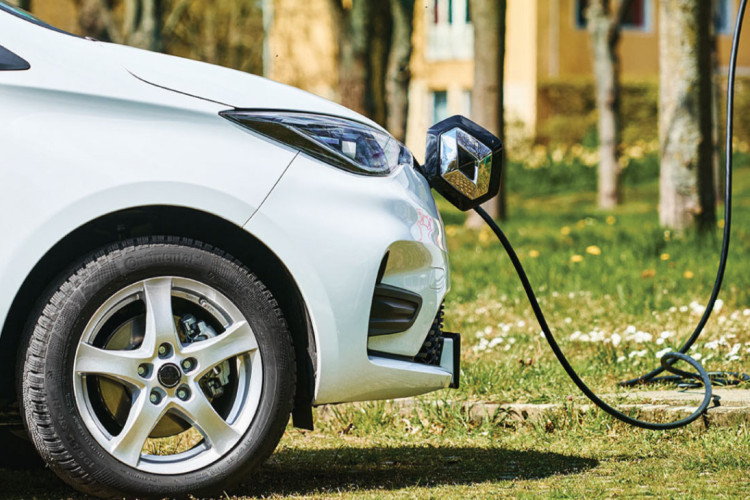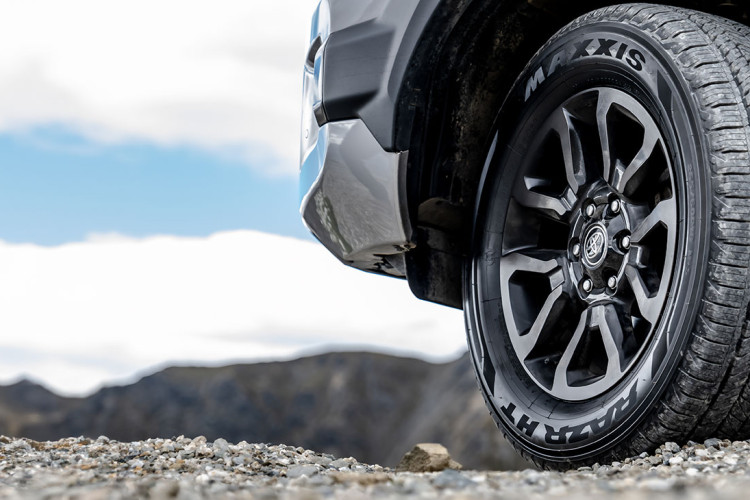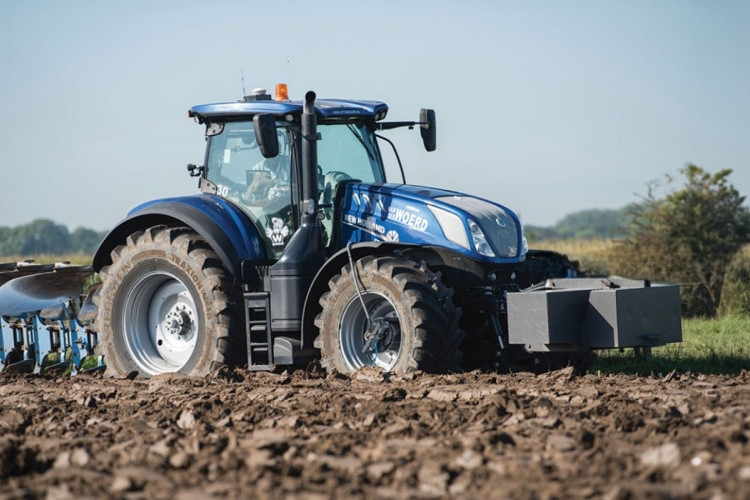The New Tyre Disposal Rules: What You Need To Know
Massive mounds of black tyres, stacked up high out in the open, might soon become a thing of the past. There’s a change on the way and it’ll affect everyone, including you. Still - they say change is a good thing and in this case, ‘they’ really are right.
So what’s going to happen and what do you need to know? Get comfy and we’ll explain everything.
IN THIS ARTICLE:
- The Problems Pile Up
- The Regulated Stewardship of Tyres
- When Do The Tyre Disposal Rule Changes Take Effect?
- Does This Mean I’ll Pay More For My Tyres?
- What Really Happens to Old Tyres?
The Problems Pile Up
Take your vehicle in for a tyre change and you’ll be charged a disposal fee for the ones being replaced. That’s pretty standard and nearly every tyre dealer does it. But what happens next is a bit more varied. Your old tyres might very well make it to a recycling plant or otherwise be disposed of responsibly. Yet many won’t. And some will simply be stockpiled somewhere, destined to become both an environmental hazard and a fire threat.
With 6.5 million tyres disposed of (legally and illegally) in New Zealand, the problems pile up pretty quickly. And this can become more of a ‘burning problem’ pretty easily. Setting fire to tyres releases about 32 different types of toxic gases and smoke into the atmosphere. For every individual tyre that burns, around 7.5 litres of oil are produced, contaminating the land they're sitting on. That fire can’t be extinguished too easily either, as water or foam might spread the contamination into nearby waterways.
It’s a problem that’s been ongoing in New Zealand for a while now, making the headlines occasionally. However, behind those occasional headlines has been some continuous work since 2012. And now we seem to be getting somewhere.

The Regulated Stewardship of Tyres
In 2012, Tyrewise was established to provide a framework for the development of a stewardship programme to manage end-of-life tyres in New Zealand. Its purpose is simple enough - to manage (or steward) tyres at their end of life and make sure they’re recycled or disposed of responsibly. It’s all about creating a circular economy and placing responsibilities for managing end-of-life products on producers, importers and retailers.
Getting to that point is full of complexity though. It starts with declaring tyres as a ‘Priority Product’ under the Waste Minimisation Act 2008. That allows the Minister for the Environment to take additional steps to manage the environmental impact of the product. This has already happened and was what really got the tyres rolling in the same direction.
What followed was a whole lot of work, in consultation with the industries affected (i.e. tyre importers, car importers etc) to try and develop a comprehensive set of policies and procedures which will impact what happens with tyres, so when they leave your vehicle, there are plans in place for their collection, transportation, export or recycling.
There are a number of secondary use markets for processed and/or recycled tyres, such as tyre derived fuel and crumb, which can then be used in applications such as carpet underlay or on tennis courts. At every stage, Tyrewise incentivises operators to play their part in the process. So the tyre collection company can get paid. As can the company disposing of tyres in landfill or exporting them, or recycling them. Even companies who repurpose tyres into a different product can be incentivised for doing so. It's a virtuous circle and helps create jobs and profit, not fires and environmental issues. However, whilst virtuous it undoubtedly is, it’s also more than a little aspirational. The reality is we don’t yet have the disposal facilities needed to make it all work. There’s one facility in Auckland (funded by the Waste Minimisation Fund, not Tyrewise) which shreds tyres, which are then used as fuel at the Golden Bay Cement plant. It’s decent enough and can cope with (possibly) up to half of the annual amount of waste tyres. But what about the South Island? There’s no similar facility at all. Plus we suspect there’s the odd million or so tyres laying around, just waiting for the opportunity of ‘free disposal’.
But where does Tyrewise get their money from to do all this? It all comes from a levy paid by tyre importers, car importers and others responsible for bringing tyres into the country. It’s collected at the border and known as an Advanced Disposal Fee. More on this later.

When Do The Tyre Disposal Rule Changes Take Effect?
Not straight away. A pilot scheme will be operated in Hawkes Bay from 1 August 2022 to 30 November 2022. This will test the new software being used, the policies and procedures in place, and feed out the key messages through the supply chain. Then there needs to be some time for changes from the expected teething issues the pilot scheme brings to the fore.
Then… it’s a case of going back to the Boardroom with it all. More specifically, that big room where Cabinet Ministers make the big decisions. They’ll not be making a final determination about the launch date until then.
And then…Tyrewise has to audit the sites, businesses involved and generally get all of the paperwork and systems in order. Finally, everything should be ready to go for 1st October 2023. You know, bar some sort of unforeseen hold up…
We say that because there is a potential issue. The levy will be in place from 1st May 2023, a good 6 months before any collection service is in place. Which means tyres will be stockpiled (just not outside - there’s rules against that) and even when they are finally collected, it’s not entirely clear where they will be taken to. Unless we really will just be moving piles from place to place. So there’s some work to be done then.
Does This Mean I’ll Pay More For My Tyres?
At this point, most people will be thinking "Aha - I bet that Advanced Disposal Fee mentioned earlier will be passed onto me when I need new tyres then!"
It's actually unlikely to make too much difference to what most consumers are paying for. Nearly all tyre dealers already charge a disposal fee. What the changes mean is that they’ll now be set and consistently applied across New Zealand. The Advanced Disposal Fee is likely to be a similar amount to what consumers pay already and a tyre dealer cannot legally charge any other type of disposal fee. So, in short, when you change your tyres, the only difference should really be that you’ll know the old tyres will definitely be disposed of properly.

What Really Happens to Old Tyres?
There’s a couple of things. Some may end up in landfill. This is hardly ideal so the goal has to be to recycle as many tyres as possible. When that happens, there are two main outcomes.
With any wire and metal removed, tyres can be ground down into rubber crumbs. These crumbs are then used in a number of ways. That might provide the flooring for athletic tracks. Or find themselves turned into traffic cones, judder bars, buoys, mouse mats or a whole heap of other things. Just not tyres.
Well, not exactly anyway. A Norwegian company called Wastefront has developed a process where they heat waste tyres to 450 degrees, allowing them to separate the metal (which is then recycled) whilst the rubber element becomes a gas initially, before cooling into a liquid form. This is then used as a biofuel. The clever bit is the process also separates out the carbon black, which can then be used again in tyre manufacturing. It’s as close as we can currently get to turning old tyres into new.
This new recycling method might not be with us here in NZ yet but hopefully it's just a matter of time. Especially as there are no carbon emissions from the entire process. We do already have some uses for ‘fuel’ from recycled tyres though. Golden Bay Cement is the country’s 5th biggest carbon emitter and they’ve started using burning chopped up tyres in attempts to reduce their reliance on coal. It’s estimated doing so might reduce coal use by up to 14%. That’s pretty significant.
It’s not often the consumer is presented with a win/win. Yet, if the changes to tyre disposal work as planned, it might just turn out to be one. New tyre prices aren’t affected but your old tyres are. In the best possible way too.

Some tyres last longer than others.
We've got you covered with a selection of long lasting options to keep you on the road.
-
Topics:
- Tyre Technology
More tips and articles

Tyres for Electric Vehicles

Product Spotlight:
Maxxis HT780 RAZR HT

